Charles Pakana (VAN):
In southwest of Victoria, on the lands of the Gunditjamara people, stands a dormant volcano, with a peak rising 178 meters above the surrounding area. Named in 1836 by Major Mitchell as Mount Eales then, by virtue of a draftsman era, literally, Mount Eccles, the original and globally recognized name of this geological places in the language of the Gunditjamara people, Budj Bim, which translates to, “high head.”
Today, I’m fortunate to be on Gunditjamara country at Lake Condah, known by traditional owners as Tae Rak, and joined by Budj Bim general manager, Gunditjamara and Monero Gunai man, Joseph Saunders. Joseph, thanks for inviting me out today, and having a yarn with me.
Joseph Saunders:
No worries. Thanks for being here.
Charles:
Joseph, Budj Bim is more than just the volcano itself, and it’s more than just the eel traps that people seem to associate with that name. Can you give us a bit of an overview of just how broad this entire Budj Bim area is, and what it encompasses?
Joseph:
Budj Bim, being our creator, and that’s who created the systems and the waterway, and how we live, and the fish trap systems, he laid himself out in the countryside, from where you see now, at the front of the Budj Bim cultural landscape, towards cafe, and Aquaculture Centre, he erupted 37,000 years ago.
Charles:
And this is, he was a giant-
Joseph:
Yeah. [inaudible 00:01:31].
Charles:
The story goes, one of four brothers, [inaudible 00:01:32].
Joseph:
One of four brothers, yeah, so you’ve got the four brothers, so Budj Bim himself, Tapok, which you can see, when you’re driving down towards the cafe.
Charles:
Yeah?
Joseph:
And then you got, over in Portland, Binroon, and then you got Dilmah, which is the island where all of our spirits go towards him, and then you get sent up to the Dreamtime. But with Budj Bim himself, when he laid himself out, everything that you see is all of his teeth, and all of his blood, which spilled out throughout the landscape, and changed everything for what it is today.
But that lava flow, you’re looking over around that, that 50 to 60 kilometers, even more, with the lava flow from one side of the countryside, all the way up to the ocean. So it’s just not the lake itself, or the engineering, or the fish trap systems.
It’s the way that we lived on the country, by using them stones to create our dwellings, naraubins, which we call, that are scattered throughout the landscape.
There’s one property that we own, as Gunjmar remembers, with Gunditj Mirring Traditional Owners Corporation, and on that site, there’s 120, or even more, stone houses. One stone house would have a maximum five people, and there’s other ones that are smaller would have one.
Charles:
These actually date back, I believe, some six and a half thousand years, don’t they? Or more?
Joseph:
Yeah. So you got the fish trap systems, and that’s through the archaeological digs and carbon dating. So 6,600 years old, with engineering of the fish trap systems, houses, the lot, which is older than the Stonehenge, older than the pyramids.
Charles:
Now. These were permanent dwellings, is that right?
Joseph:
Yup. Permanent, yup.
Charles:
So that really goes against, once again, the argument of terra nullius. We had permanent residences here. Now they were supported by aquaculture primarily, weren’t they? I would assume also, that includes birds, because driving out here and going through the wetlands, I saw an amazing wealth of, there were, I believe, black swans?
Joseph:
Yeah, back swans …
Charles:
Herons?
Joseph:
Pelicans, white-bellied sea eagles. There’s so much out there, it was laying all dormant. That lake, all the water you see wasn’t even there. So soon as that water came back, it just brought everything to life. It brought people back. It’s brought that mental health back, a whole lot, animals, plants, and it’s like what my dad said.
He said that “there’s a cultural footprint on all this country. It’s just waiting to be discovered, and it’s waiting to appear, when you do on the right things by country, the right things by family, and everything else. And it comes back.”
Charles:
You opened up that gate, “They’re doing the right thing by country.” You head up a team of some 13 people, all of whom, in one way or the other, are charged with responsibility of caring for country. What does that actually mean, in your perspective? So what does caring for this particular part of country actually entail?
Joseph:
Looking after it, getting rid of the introduced plants, and bringing the country back to what it used to be. It’s not going to be completely to what it was.
Charles:
Of course.
Joseph:
But it’s going to come back, to a certain extent, to where it’s going to be looking healthier, bringing back those cultural burnings that we used to do, to bring back the certain plants. And these are the type of stuff that we talk about on our tours.
Certain plants need that touch of fire, and that touch of smoke to bring back, and having those compensations that we can use in a way of saying that those medicine men and women, back in the days, if we didn’t do that cultural burning, then they couldn’t look after the men and women during that time. But then, those plants and everything else that we do, that’s the type of stuff that we can use in the 21st century now, to use in the cafe here, like your lemon myrtles, chocolate lilies, all those little stuff.
We’re using the cafe at the moment. So it’s all that cultural infused stuff, but it’s also stuff like the water quality. There’s ranges that we’ve got here at Gunditj Mirring, that look after those, the water quality, looking after the eels, the population of that sort of stuff. And they’re the White World Heritage Ranges, as well.
So there’s a whole heap of stuff that we’ve got going on here, that people might not see, but it’s stuff that we do for that caring of country, and that’s that understanding of what we have to do, as First Nations people on country.
Charles:
How much damage, and I know it’s hard to quantify, but how much damage could you say had been done to this land, within the Budj Bim area itself, which is a fairly large area, prior to the work of you and your other rangers taking over?
Joseph:
The refloating of the lake itself, that was designed through the Lake Honda Restoration project, which was the end of 2009, early 2010. And that’s where, the refloating of the lake. Before that, you could walk across the lake, without even getting wet.
And the only time that it was wet. Was during that big wet season. Up to very top. So you can walk across, see every fish trap, but it was bare, and it was dry.
Charles:
And this was a direct result of colonization?
Joseph:
Colonization, when they built the Condah drain, which was during the 1800s, and they built it all the way through the lake onto the next part of the Condah Swamp, and Branxholme Swamp. They used all this water to irrigate all their farms during that time, and not knowing the full significance and the reason why that water was sitting there.
And it was designed and engineered around the fish trap systems. So all of us mob manipulated water, to farm the Kuyang eels, which are the short-finned eels.
Charles:
These are the eels that were farmed in those eel traps?
Joseph:
In the eel traps, yeah.
Charles:
Tell us a bit about the eel traps.
Joseph:
There’s over 11 systems of fish trap systems. So you’re looking at stonewall constructed fish trap systems that sit inside the channels. Also, within the depressions, or the start of a depression, there’s diversions, where we’ve diverting water into certain areas.
There’s blockages, where we’ve blocked up certain parts, to manipulate water, and divert water to another depression, and use multiple depressions, instead of one or two, where we use multiple, so we can house the eels at multiple points in the landscape. Or we’re cutting channels into the landscape, to move water to certain parts of depressions.
But at the same time, we are using the levels of the water. So, high point of water, low point of water. So that’s why all those 11 systems at the same time, some work together, and some don’t. They just work on their own. But that’s where that water comes out to play, and that manipulation and diversion of all the water in certain areas.
So it’s really complex, in a way of thinking it. But soon as you come here, and on a tour, and we explain that sort of stuff, and see a fish trap system, when we go out to another site called Curtinage, it’s really, really simple. And it’s not over the top, because we’ve just changed tiny bits of the country to work for us. But it’s then still working at its own natural cause, and its own natural way of that level of water coming in and out.
That’s because the water level is because of the volcanic system, when you got the water table, up and down the rain system, you got the rainfall coming in the full moon, when it’s at play, and it sucks the water up. Also, the lava flow follows Killara, which is the Dalitz Creek, which flows all the way out to the ocean, and connects up to the Fitua Inlet, and the ocean. So you’ve got a little play out with the tide, as well.
Charles:
So how many people would this aquaculture have sustained, just the eel traps themselves? Any idea?
Joseph:
Well, the fish traps start here at the Tae Rak, but follow along Stony Country, which we call it, which is a lava flow. One house would have a maximum of five, and probably one person, there’s smaller ones. So if we go with five times 120, you’re looking around that six to 700 people.
But that’s only what we know of, and it could have been even more destroyed, because of different mindsets of people during those, back in the days, that destroyed our sites. So with that, you’re looking around that 10, 15, 20,000 people on this country, and that’s not just Stony Country.
So we call it Stony Country, Forest Country, which is up near sort of Kassadin Way, and up near Hamilton. Then you’ve got River Country, which goes all the way down to the Glenelg. So you’ve got Nelson, and then you’ve got Sea Country. They’re all different plays and different ways of other mobs living, but same mob. This is our home, [inaudible 00:10:28].
Charles:
What are some of the key challenges that you have in caring for country, and bringing it back to some of its pristine beauty and original state?
Joseph:
Injured animals. We’ve got a lot of pigs and deer here.
Charles:
These are wild pigs?
Joseph:
Yeah, wild pigs, yeah. So people like shooters, and that, it’s part of their game and stuff. They bring them down from New South and drop the, I think they call them, big balls, and stuff, and they start breeding. They have 20 piglets, or something like that, so it’s a game for them.
Charles:
Well, that still continues now.
Joseph:
Yeah, that still continues now. So it’s part of them stocking up, so they’ve got something to go out and shoot, and all that type of stuff. But they just ran rampant here. With pigs when they start, they call it rooting, they pick up more of the ground, and all that sort of stuff.
All of our cultural heritage, main majority of it, is the fish traps, is the layout of the stones, and our houses. So when they start moving the rocks around …
Charles:
Of course, yeah.
Joseph:
They’re moving their houses and their fish trap systems, and then, the deer at the same time, as well. And then, you’ve got introduced plants. And then, you’ve got the carp that are in the water systems, and Redfin, and all that sort of stuff, as well, at the same time.
And then, willows, so they’re choking up the water system, and that’s our main water system, that brings all the water up into the lake, which is the Forever’s Point. And you’ve got Condah Swamp, and Lake Gauri, and all that sort of stuff, as well.
Charles:
How does the future look in dealing with these pigs, and the deer, and the willows, and all these other species?
Joseph:
It’s always going to be a battle.
Charles:
Yeah.
Joseph:
But with the workers and the ranges that we’ve got, we’ve got a lot of pig traps, and all that sort of stuff. I think, a couple of weeks ago, they got to be on that 10, 15 pigs overnight.
Charles:
Yeah.
Joseph:
So it looks good. It’s just hard work to keep management and keep on top. It’s never going to go away. It’s just how we just keep going and going and going. And that’s the workers that we got today, talking to the future, the young kids, about what sort of work they can do on country.
You don’t have to go to the city, you can still work on your own country, and making sure that talking to the wider community, and that’s all of our allies, about what work that we do. So they understand the reasons why.
We do talk about country in a real stern and proper way, where, when things are go wrong, and people are doing the wrong things by country, that’s where we’re just like, “No, you got to cut this out.”
Charles:
Let’s just focus on the allies and that broader, wider community. How important is getting that message out to non-mob, in the overall life and future of Budj Bim?
Joseph:
Well, we all sit in our own little groups. I can’t just go into one place, and start talking about all the things that I’m doing as a great person, because that minority won’t listen to me. So, having allies and having friends, and people that can talk to certain groups and certain people, that’s how we spread our knowledge and our understanding of country.
So, spreading that knowledge in a different way is so important, but it’s understanding that knowledge and going, “Okay,” because we learn a lot from our elders and our parents and stuff. My dad said, “If you can plant that seed in someone’s mind, that seed will grow, no matter what.”
Charles:
Sort of tours do you have, and who are you welcoming?
Joseph:
Anyone.
Charles:
How important is it that we keep these tours going, and what’s the future of these tours?
Joseph:
It’s so importantm because it’s not just about showing off what we got, and we do that no matter what. It’s our country, and that we’re proud of it.
Charles:
Yeah.
Joseph:
But it’s the understanding and the education behind it as well, at the same time, and actually seeing it for what it is.
Charles:
But it’s not just really, when you get down to it, just about Budj Bim, isn’t it?
Joseph:
No.
Charles:
It’s about caring for country wherever you are, in this work, in this planet.
Joseph:
Yeah, it’s everything. So when we do our tours, it’s learning about and understanding our culture, and the way that it started. So Budj Bim’s our creator being, he created everything that we’ve got.
So it’s learning that because everyone’s got their own religion, so it’s making them understand, “Okay, look, if you’re Jewish, you’re Chinese, you’re German, everyone’s got their reasons of why they live.”
Charles:
And their belief structures, yeah, yeah.
Joseph:
Their belief from God. So it’s understanding that, that we’ve got that in play, but also, it comes down to the engineering defeat, or the engineering that we’ve done out here. So we weren’t just, went walkabout, and we did whatever we wanted on this country.
We engineered this system here to feed us, 24 hours of the day, 12 months at a year. It’s a farming system. It’s a process that we went through, the whole thing. And then that’s when it goes on to the next sites, where we’ve got, it’s called Curtinage.
On Curtinage, we’ve got a seasonal calendar that goes through the six seasons, Early Wet, Big Wet Season, Flowering, Fattening Up, Dry Out, and The Big Dry. All those seasons inside have indicators and things that we have to do on country. So those, like caring for country, cultural burning, seeing a migration of the birds coming up, because you know it’s between that Early and Big Wet Season.
The brogues are dancing, calling, because we’ve done a good job in that water quality. Seeing the bright star is a good time to go collect your emu eggs. So seeing that, the stars, and you’re like, “Oh, yup, I’ve got to do that.”
So that’s that system that you have to play throughout, because if you don’t, then you don’t get fed, or you don’t have them eels during a Big Dry Season of when they’re not migrating, so we’re trapping them. So that’s that caring for country and understanding, “Okay, this is what we got to do.”
But that’s only for Stony Country. There’s other countries there, they live differently, as well.
Charles:
So different things to do, at each of those six seasons?
Joseph:
And then, from there, that’s when we start talking about the fish trap systems. And then, we’ve got the smoking tree, where we smoked the eels. That was our economy, too, because that’s where the trade coming, the trading of artifacts, seafood, stone head axes.
Charles:
So yeah, of course, the green stone, from the Wurundjeri country.
Joseph:
Yeah. So that’s where the trade comes into it, and understanding, “Okay, we can’t just cross over clan groups, because we had to have this message stick, had to be well organized, in a way that we can start moving across other people’s country, to know that, ‘Okay, we’re coming across here, because we need this, this and this.'”
Charles:
Joseph, when you reached out to me a few weeks ago, and asked me to come out here, and thank you so much, indeed, for the invitation to come onto your country, it’s greatly appreciated. One of the things that we had a brief yarn about, then, was what was your goal?
And that goal was to really share this message about the work that’s being done here, and extending an invitation for all mob, and the broader community, to come out and see the amazing work that’s being done. So, how important is that message to you? I mean, surely you don’t want to be inundated with 10 tour buses a day, brother.
Joseph:
You would love it. At the same, time you don’t, because that’s the thing that we are at play. We’re on a world map, UNESCO World Heritage Site.
Charles:
That’s since 2019, yeah.
Joseph:
Yeah. So no matter what, we’re going to have people coming here. That’s the understanding of everyone wanting to learn, and understand who we are, and education. So that’s where our footprints are so important, in not destroying the country, and overexploiting the country at the same time.
So it’ll be great, but that’s where we are learning to implement and create new content in the way of digital storytelling, getting drones up and flying drones online, where people can see that. Because it’s people doing it all over the world, but also, physically seeing the country, as well, at the same time, and coming out.
Charles:
Joseph, as I mentioned before, you and I first met as part of the treaty process here in Victoria. And we spoke briefly before this interview about, from a personal perspective, what you hope the treaty would bring, by way of A, promoting this particular site, and also, encouraging similar enterprises right across Victoria, with other traditional owner groups. Do you want to expand on that a bit for me, mate?
Joseph:
With treaty, and the way that I see it, with us is going into tomorrow, we’ve got a lot. And we’re advanced in the way that we’ve got this as a business for all of us here, We’re in a model that’s running for 30, 40 years.
You got, D Dub do it wrong, in Portland. We’ve done a lot of that on the back of our elders, that have done a lot of fighting. So personally, I say treaty, as it’s another avenue of a way that we can self-determine the things that we want on our country, in the way that we want things to run for ourselves, as well, at the same time, with health education, the laws, and economically, businesses like this.
Charles:
Joseph Saunders, the general manager here at Budj Bim, I want to thank you so much indeed for your time, and your hospitality, brother.
Joseph:
Thank you. It’s great having you here.


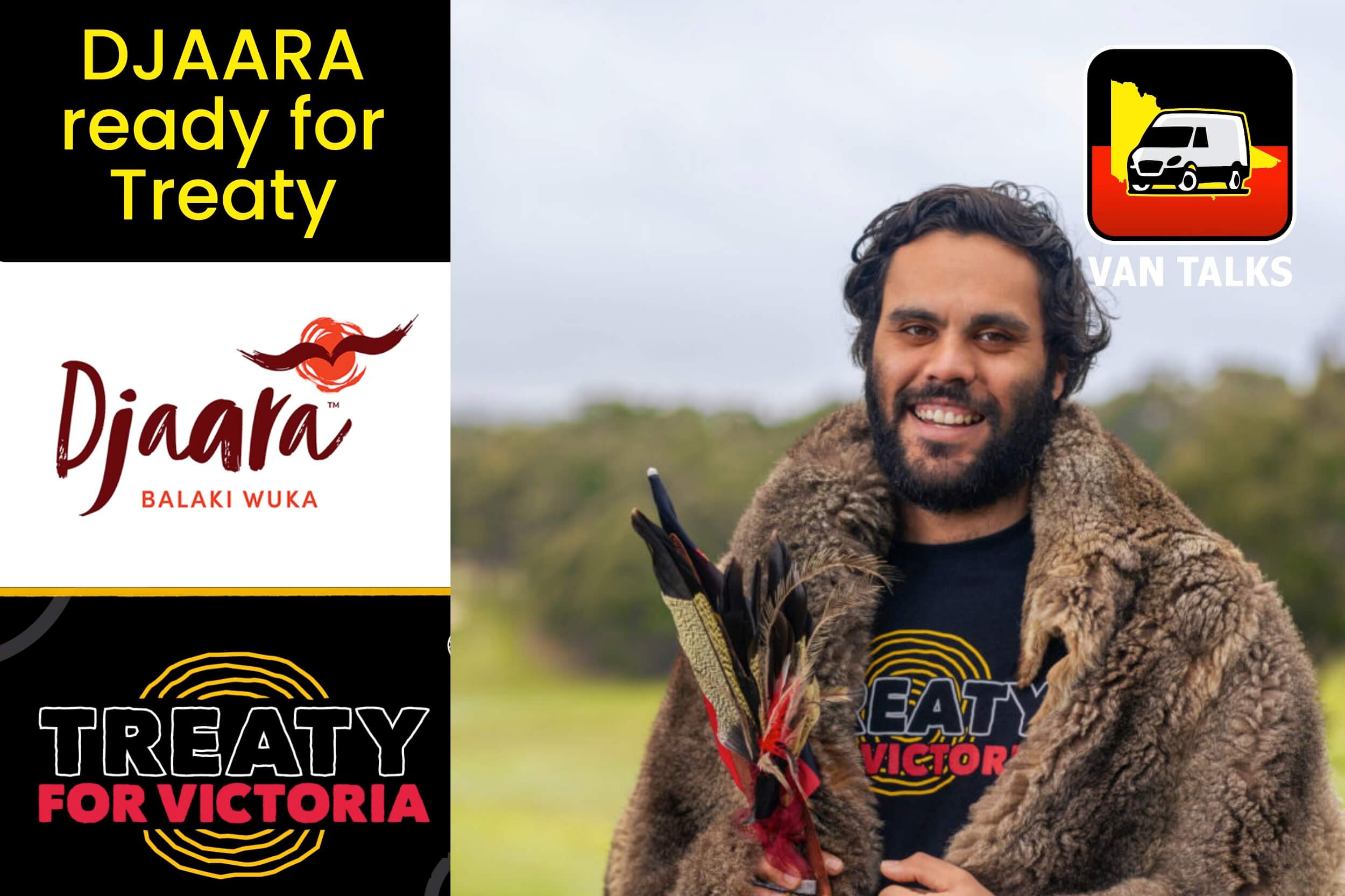
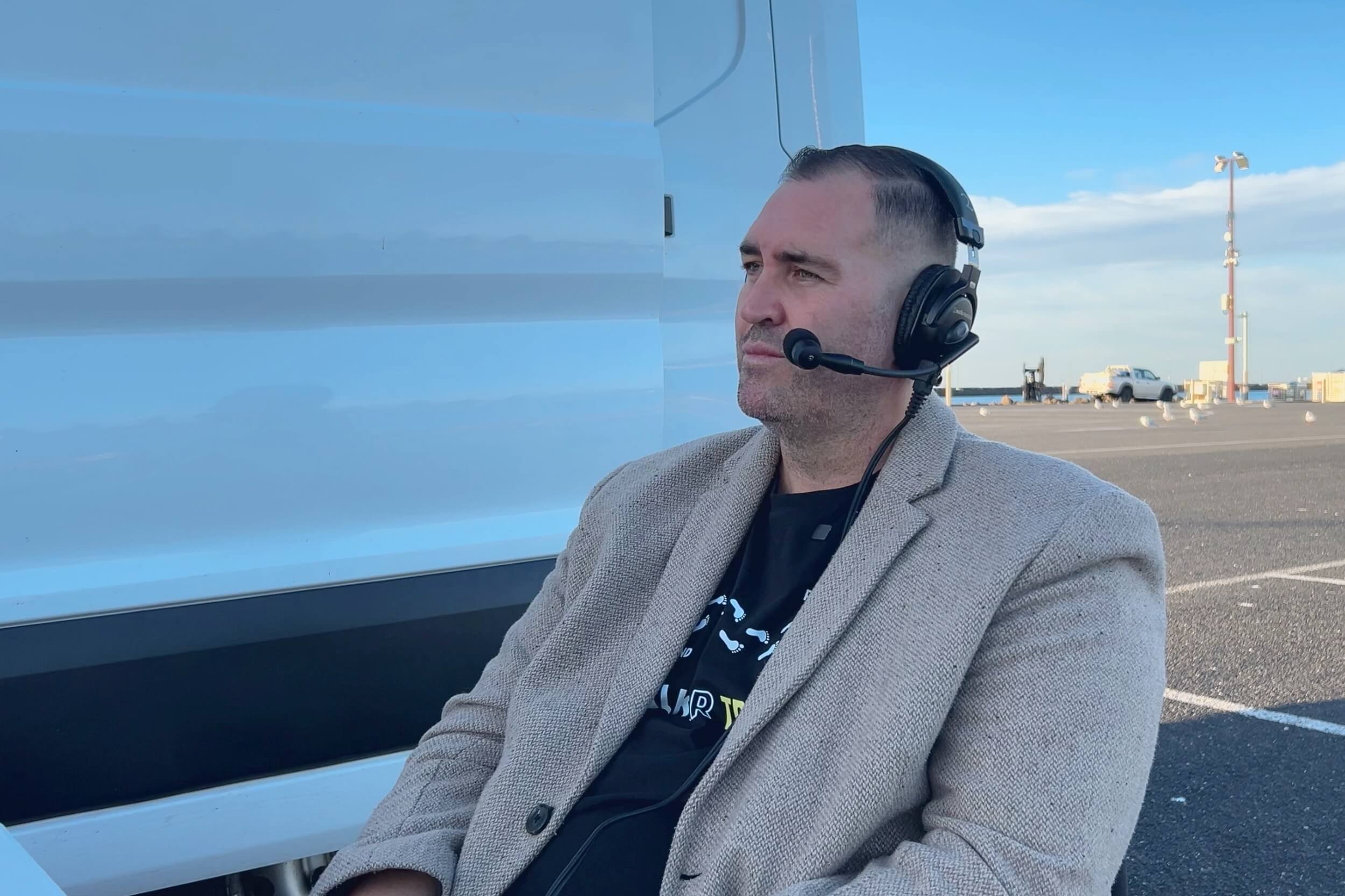
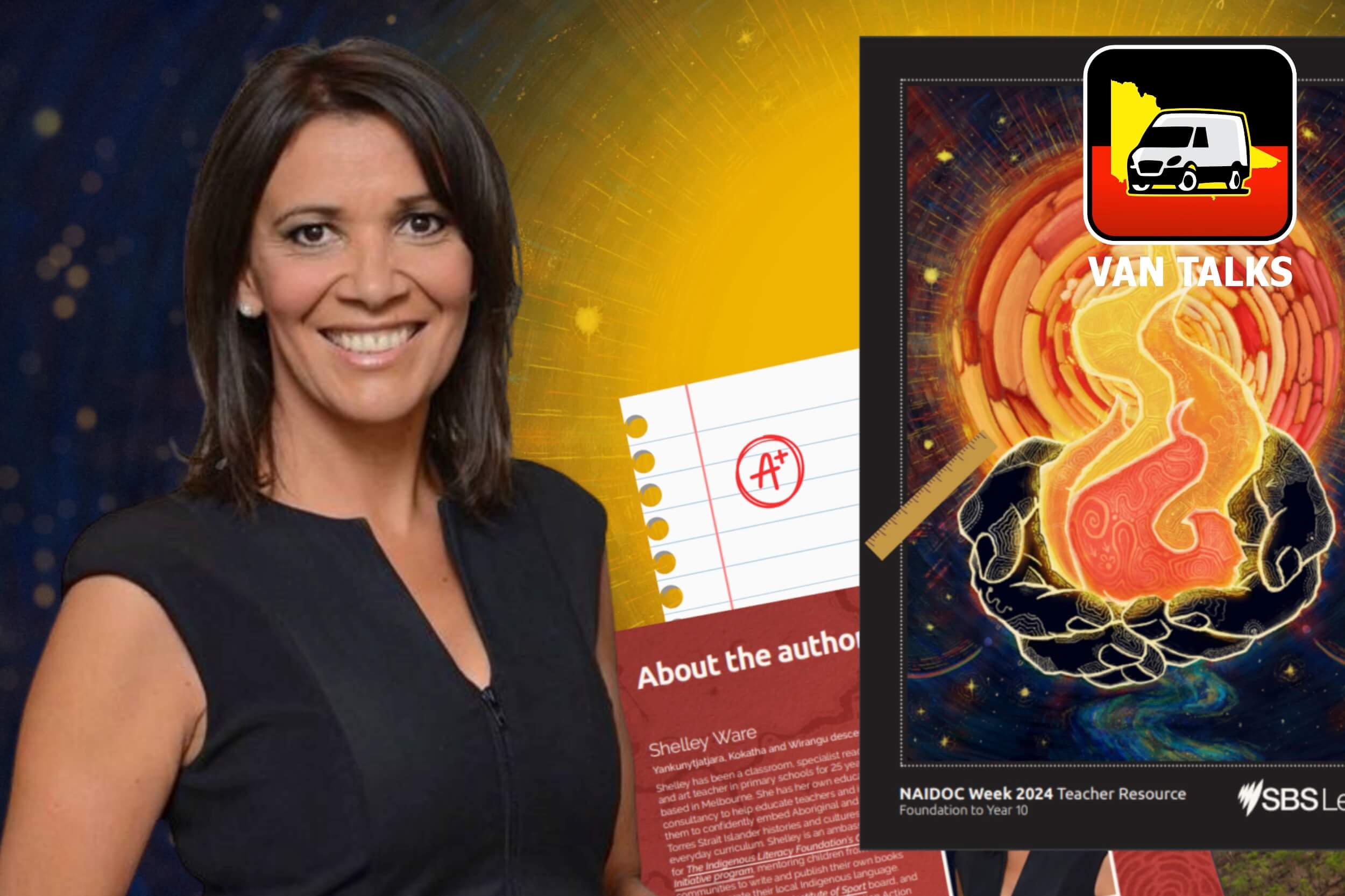
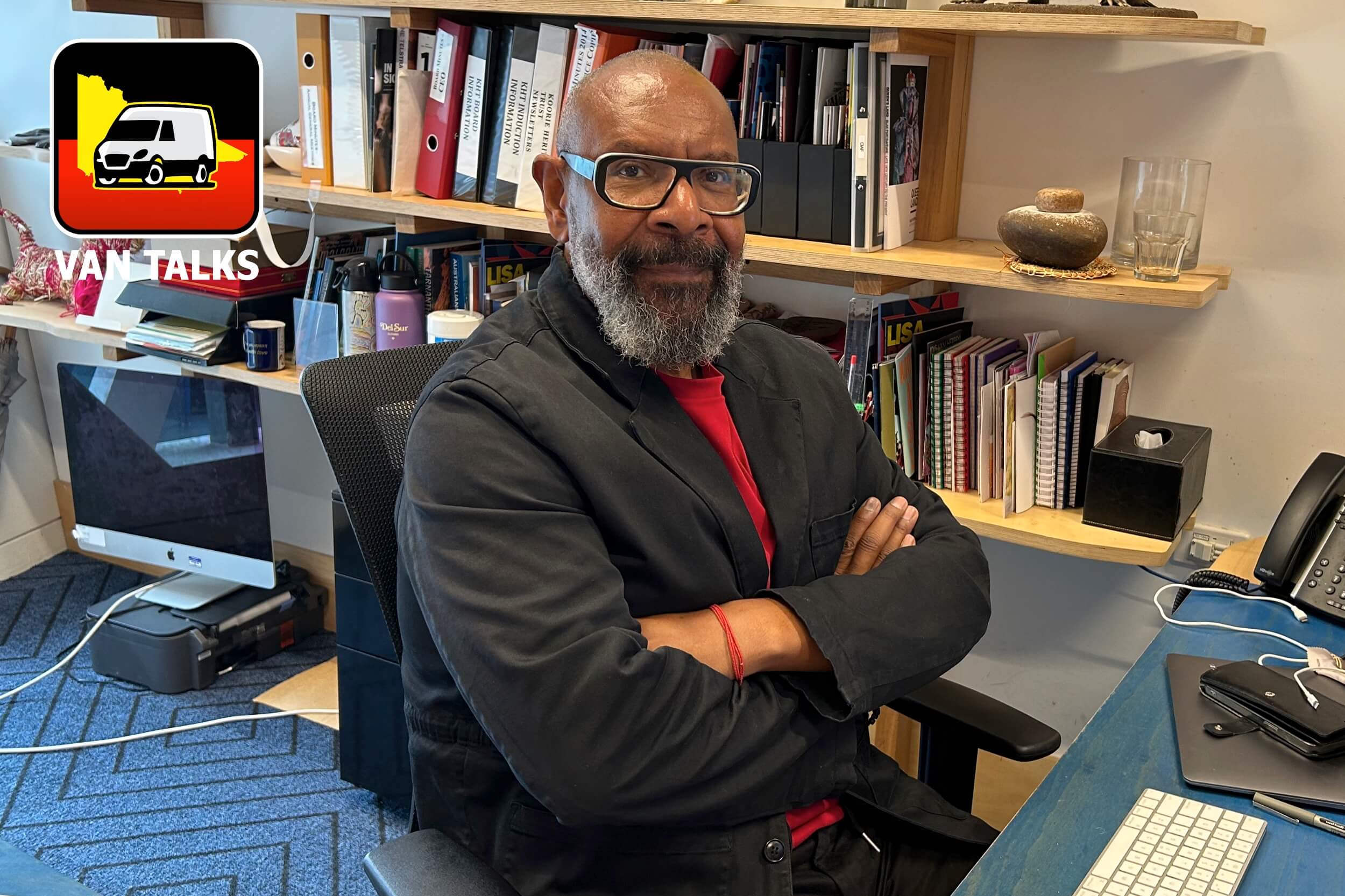
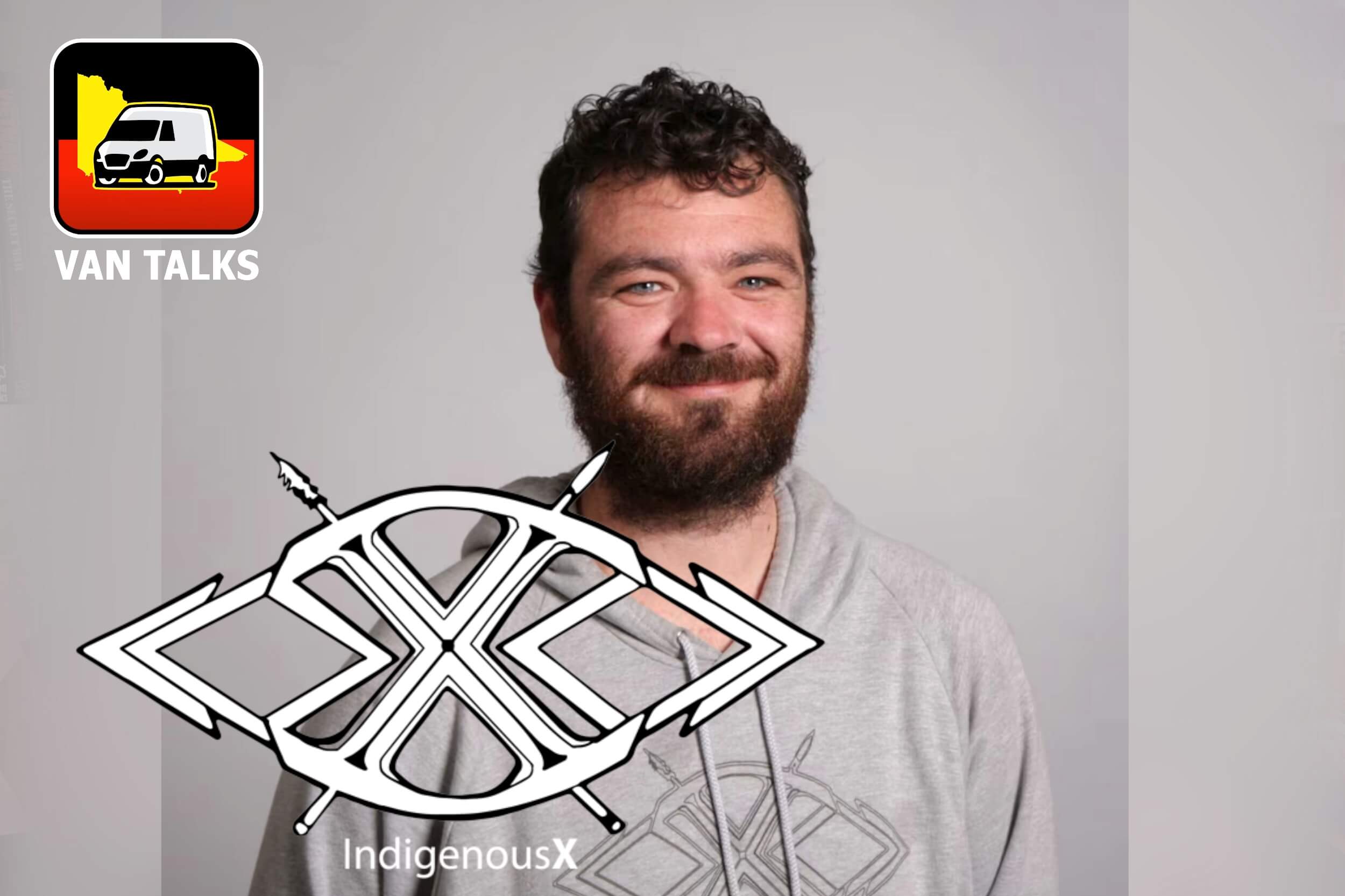

0 Comments